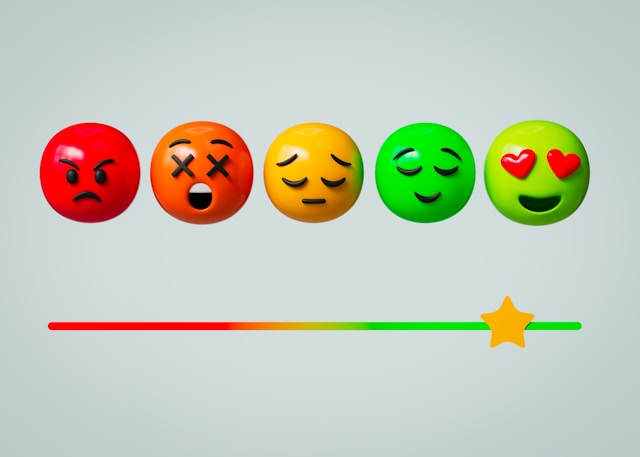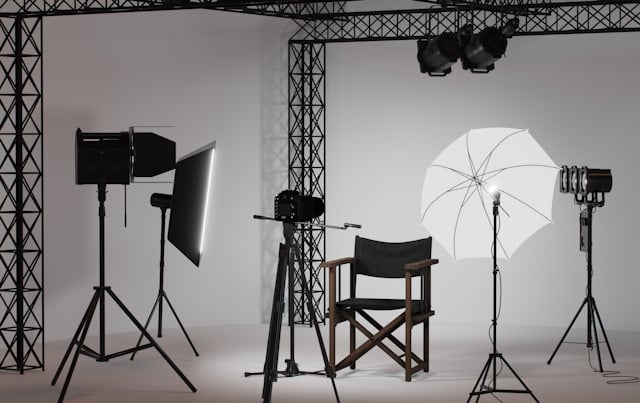User-generated content, or UGC, has emerged as one of the most effective brand marketing techniques. Authentic videos, reviews, and social posts can humanize your brand, boost trust, and drive conversions. However, alongside the benefits comes a challenge: negative UGC. Unlike traditional advertising, brands don’t have full control over what users post or submit. One dissatisfied customer, a misleading video, or an off-brand review can spread quickly on social media, potentially impacting your reputation.
But negative UGC doesn’t always have to be harmful. When handled strategically, critical reviews and off-brand content can strengthen your credibility and showcase that your brand listens and responds. Brands that approach negative feedback proactively often see higher customer loyalty and even advocacy.
This guide walks you through how to address, moderate, and strategically respond to negative or off-brand UGC. You’ll learn practical methods to protect your brand image, maintain content safety, and even turn challenging moments into marketing wins.
For a deeper dive into how to process UGC securely using video tech like FFmpeg and WebGL, check out this guide.
1. Understand the Types of Negative UGC
It’s important to recognize the types of bad user-generated content that your brand can come across before responding. Not all negative content is equal, and assessing risk versus opportunity is the first step.
Common types of negative UGC include:
- Unfavorable reviews or criticism: Honest complaints about your product, service, or customer support. These are often constructive if handled correctly.
- Off-brand language or visuals: Content that doesn’t align with your brand’s tone or values, such as inappropriate language, controversial imagery, or political messaging.
- Low-quality or misleading content: Videos or posts that misrepresent your product or service, intentionally or not, which may confuse your audience.
- Content that goes viral for the wrong reasons: Sometimes a humorous or critical post spreads widely, creating temporary negative attention.
To manage negative UGC effectively, classify content using tiers:
- Benign negative: Mild criticism, personal opinions, or minor issues that won’t harm your reputation.
- Harmful: Misleading, off-brand, or offensive content that could affect customer trust.
- Offensive: Content that violates legal, ethical, or community standards.
The key is to stay calm and methodical. Not all negative UGC requires removal; some can be an opportunity to demonstrate authenticity and transparency.
For more on the evolving relationship between brands and creators, see “Understanding the new dynamics between brands and creators.”
2. Build a Content Moderation Framework

A structured approach to moderation ensures that negative UGC doesn’t slip through the cracks and allows brands to scale safely.
Steps to build a strong content moderation framework include:
- Combine technology with human review: Automated tools can flag potential issues, but human review ensures context and nuance are considered. Tools like BrandLens support scene-level moderation, which allows for precise filtering.
- Set clear brand guidelines: Define what content aligns with your tone, language, and visual standards. This gives creators clear expectations and provides moderators a baseline for evaluation.
- Tag and label content during collection: Organize submissions into categories like “safe to publish,” “needs review,” and “do not use.” Proper tagging helps streamline the decision-making process and reduces mistakes.
- Maintain a content database: Store and document UGC decisions. This allows you to track trends, identify recurring issues, and build an audit trail for compliance or legal requirements.
For additional preparation before publishing, explore steps to take before launching a public-facing UGC campaign and consider tips for staying flexible in remote UGC production workflows to accommodate distributed teams or contributors.
A robust moderation framework ensures that negative content doesn’t catch your brand off guard while allowing you to leverage authentic UGC strategically.
3. Decide When to Embrace vs Remove Negative UGC
Not all negative UGC warrants removal. Brands that embrace authenticity and transparency can turn mild criticism into an opportunity for trust-building.
When to consider keeping negative UGC:
- Slight criticism that shows real customer experience: If a review highlights a problem but ends positively, it can demonstrate that your brand listens and resolves issues.
- Content that illustrates customer journeys: UGC showing issues followed by resolution builds credibility and customer trust.
When removal is necessary:
- Offensive or discriminatory language.
- Misleading claims that could harm your brand or misinform customers.
- Content that blatantly disregards the law or community standards.
Example: A frustrated customer posts a video stating, “I had issues with delivery, but customer support helped me resolve it.” This UGC demonstrates both honesty and responsiveness, making it valuable rather than harmful.
For guidance on publishing user videos safely, see what to do—and avoid—when publishing short-form user videos and for ensuring your videos are brand-safe, review cost-effective ways to generate brand-safe UGC videos.
4. Proactively Manage Your UGC Environment

Preventing negative UGC before it reaches public channels is the most effective way to safeguard your brand.
Proactive strategies include:
- Set clear expectations for creators: Use prompts, guidelines, and clear submission processes to direct content quality and tone.
- Leverage technology for guidance: BrandLens enables businesses to provide authors with textual and visual signals, guaranteeing that submissions adhere to requirements.
- Approve, reject, or edit clips before public use: Moderation isn’t just about filtering; it’s about shaping content to align with your brand while keeping authenticity intact.
- Handle permissions properly: Ensure all content has proper consent and rights clearance before publishing, reducing legal risks.
By actively managing your UGC ecosystem, brands can reduce the risk of harmful content and create a safer, more controlled pipeline for high-quality submissions.
CashPerClip, a project from Ready Set, uses BrandLens to turn everyday people into a decentralized content engine for short-form, trendy videos. With browser-based capture, on-screen prompts, built-in rights management, and automated tagging, BrandLens enables CashPerClip to safely scale UGC campaigns while maintaining brand integrity. Learn more about how to crowdsource videos while minimizing content risk.
5. Turn Negative Moments Into Brand Wins
Negative feedback doesn’t have to end with damage control. It can improve your brand story if you tackle it properly.
Ways to leverage negative UGC:
- Show how you respond to feedback: Highlight improvements or resolutions to issues raised in videos or posts.
- Share behind-the-scenes content: Show teams working to address concerns, which humanizes your brand.
- Feature redemption stories: Include examples of customer challenges being resolved successfully, creating high-trust content.
- Demonstrate active listening: Audiences value brands that adapt based on user feedback. This can encourage further engagement and loyalty.
Negative UGC is inevitable in a world where consumers freely share their experiences. Ignoring it or reacting poorly can escalate risk, but a thoughtful, proactive approach can turn potential crises into opportunities.
With a clear moderation framework, defined guidelines, and the right tools like BrandLens, you can safely collect, review, and publish user-generated videos while maintaining brand integrity. Strategic handling of negative UGC demonstrates transparency, earns trust, and can even strengthen your marketing efforts.
Want to take control of your UGC without losing authenticity? Book a demo and see how BrandLens supports moderation, tagging, and secure UGC workflows.







